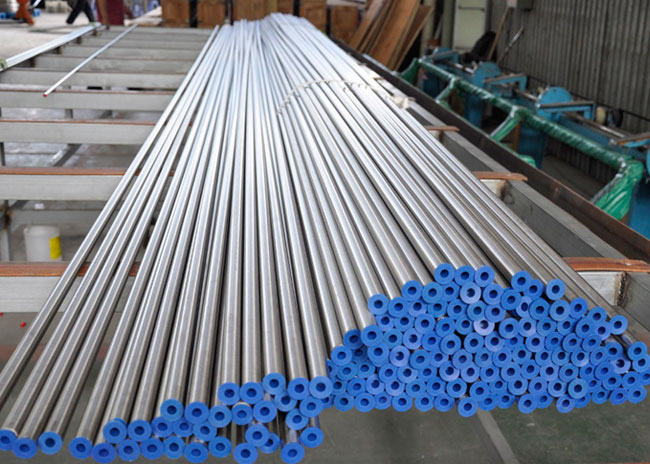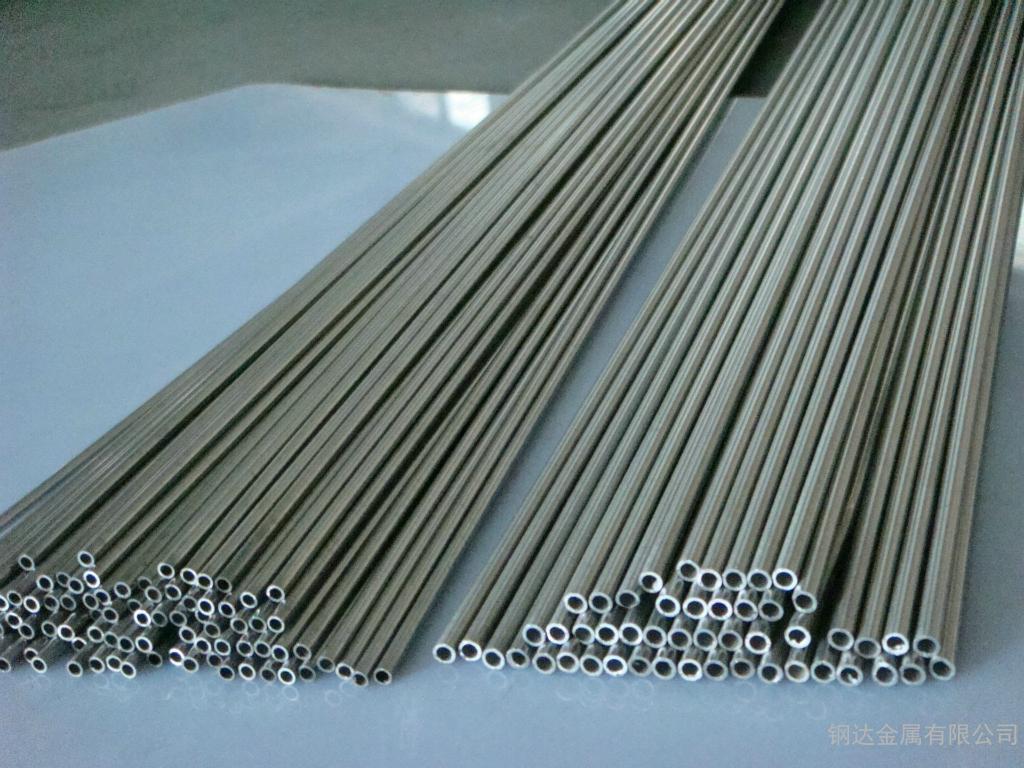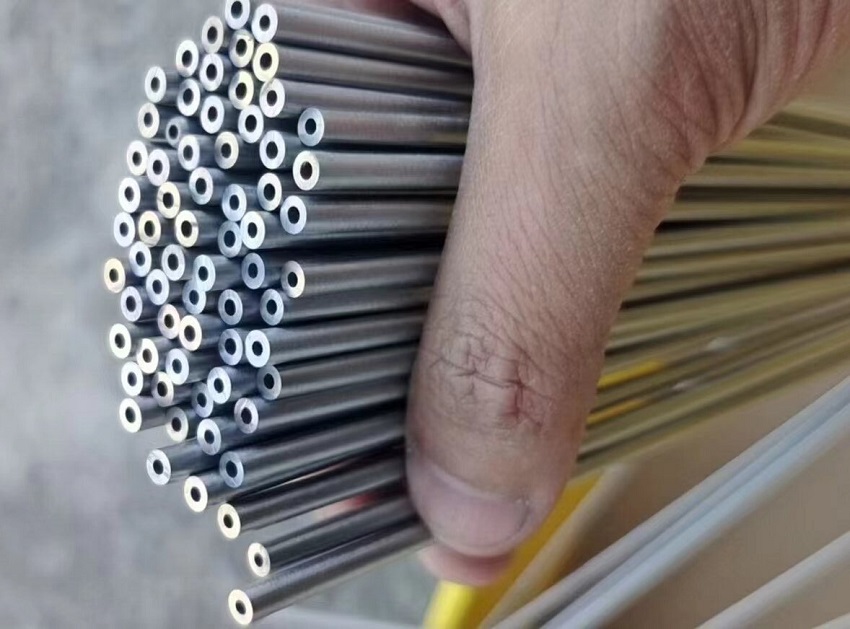What is the Difference between Hastelloy C-276 and C-2000?
Hastelloy C is not a specific standardized grade but refers to a family of nickel-based high-corrosion-resistant alloys, primarily designed for highly corrosive environments in industries such as chemical processing, environmental protection, and pharmaceuticals. Common commercially available grades in the Hastelloy C series include Hastelloy C-276, C-2000, and C-22.
- Flue gas desulfurization (FGD) systems
- Chemical reactors and heat exchangers
- Pharmaceutical purified water systems
- Paper industry bleaching towers
- Acidic wastewater treatment systems
- Seawater cooling systems and marine engineering equipment
- Electroplating and hydrometallurgical industries
|
Element |
B622 N10276 |
B622 N06200 |
|
Ni |
Balance |
Balance |
|
Cr |
14.50-16.50 |
22.00-24.00 |
|
Mo |
15.00-17.00 |
15.00-17.00 |
|
Fe |
4.00-7.00 |
≤3.00 |
|
W |
3.00-4.50 |
- |
|
C |
≤0.01 |
≤0.01 |
|
Si |
≤0.08 |
≤0.08 |
|
Co |
≤2.50 |
≤2.00 |
|
Mn |
≤1.00 |
≤0.50 |
|
V |
≤0.35 |
- |
|
P |
≤0.040 |
≤0.025 |
|
S |
≤0.030 |
≤0.010 |
|
Cu |
- |
1.30-1.90 |
|
Al |
- |
≤0.50 |
|
Grade |
Tensile Strength, ksi [MPa] |
Yield Strength, ksi [MPa] |
Elongation in 2 in./4D |
Hardness |
|
B622 N10276 |
≥100 [690] |
≥41 [283] |
≥40 |
90-100 HRB |
|
B622 N06200 |
≥100 [690] |
≥45 [310] |
≥45 |
80-90 HRB |
|
Density |
8.89 g/cm³ |
8.5 g/cm³ |
|
Melting Range |
1325–1370°C |
1328-1358°C |
|
Specific Heat Capacity |
407 J/kg·°C |
428 J/kg·°C |
|
Elasticity Modulus |
208 GPa |
206 GPa |
|
Thermal Conductivity |
10.2 W/(m·K) |
10.8 W/(m·K) |
|
Coefficient of Thermal Expansion |
11.2 μm/m·°C |
12.4 μm/m·°C |
- Exceptional resistance to chloride stress corrosion cracking (SCC)
- Superior resistance to sulfides, oxidizing acids, and reducing acids.
- Outstanding resistance to sulfuric acid, chlorides, and chloride salts
- Sulfuric acid storage and transportation equipment
- Chloride gas treatment systems.
- High-temperature/pressure petroleum refining processes
- Reactors in chloride-rich environments
- Marine engineering equipment.
If you are interested in nickel alloy seamless tubes Hastelloy C-276 and C-2000, welcome to contact us.

Hastelloy C-276 vs C-2000 Tube
请输入搜索关键字
确定






